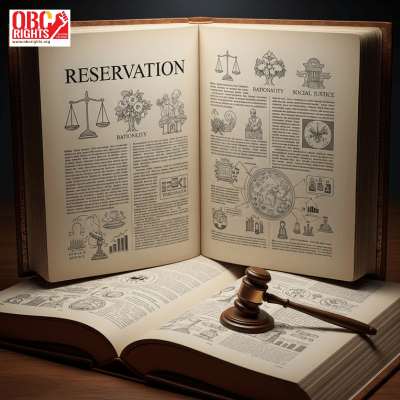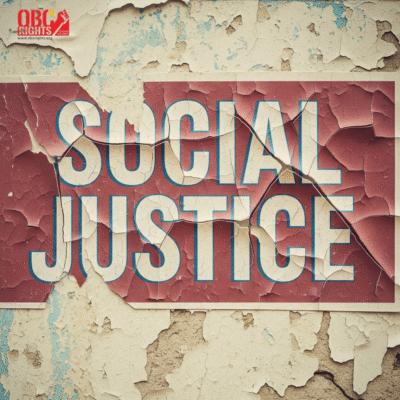“Equality of Status and Opportunity” is a foundational promise of the Indian Constitution. To achieve this, the reservation was envisioned as a moral and constitutional obligation—a tool to correct historical injustices and ensure social, educational, and economic equality. It was never meant to be a political bargaining chip. Yet, over time, ruling parties and political strategies have distorted this noble concept for electoral gains, sidelining its original purpose.
Reservation: A Tool of Justice, Not Division
Reservation is not about privilege; it is about bridging a centuries-old gap between the historically advanced communities and the socially oppressed ones. While children from affluent, forward communities enjoy generational access to knowledge, resources, and networks, youth from marginalized communities—Backward Classes (BC), Most Backward Classes (MBC), and Other Backward Classes (OBC)—still struggle for basic educational and social support.
The way communities are grouped in Tamil Nadu reflects the depth and diversity of social and educational disadvantage.
- 183 OBC communities in the Government of India list.
- 256 communities recognized by the Tamil Nadu State Government as BC (143) and MBC (113).

Here are the categorized lists as per official records:
- BC List: https://obcrights.org/list-of-bc/
- MBC List: https://obcrights.org/mbc-list/
- OBC List: https://obcrights.org/list-of-obc/
The concept of reservation emerged not as favoritism, but as facilitation for communities deprived of exposure, access, and guidance. Competing on equal grounds requires an equal start, something history denied to many.
Historical Roots: A Reminder from 1854
Even during British rule, the issue of caste dominance was recognized. In 1853, the Madras Province administration was dominated by 49 families from one advanced caste, despite them forming only 3.5% of the population. Public outcry led the British to issue a clear directive on 9th March 1854 (Madras Revenue Board Standing Order No. 128(2)):
“District Collectors must take care to prevent a small number of powerful families from dominating subordinate job appointments. Appointments must be distributed among principal castes.”
This was perhaps the earliest administrative acknowledgment of caste imbalance—and an early form of affirmative action.
Unfortunately, modern ruling parties have often manipulated reservation policies, using community inclusion or exclusion in lists as vote-bank tactics, rather than as steps toward genuine upliftment. The noble purpose of social justice is often buried under political calculations, leading to a loss of trust and growing social resentment, both among the beneficiaries and the excluded.
Conclusion
Reservation was never meant to divide, but to heal a fractured society—to ensure that opportunity is not the privilege of a few but a right for all. When ruling parties treat reservations as a political tool rather than a transformative policy, they betray the spirit of the Constitution and the very communities it aimed to uplift.
To truly honor the purpose of the reservation, we must shift the conversation from politics to principle, from tokenism to transformation. The silence around the misuse of reservation must be broken—not to end reservation, but to restore its integrity, preserve its intent, and ensure that social justice is not just a slogan but a lived reality for every marginalized Indian.



